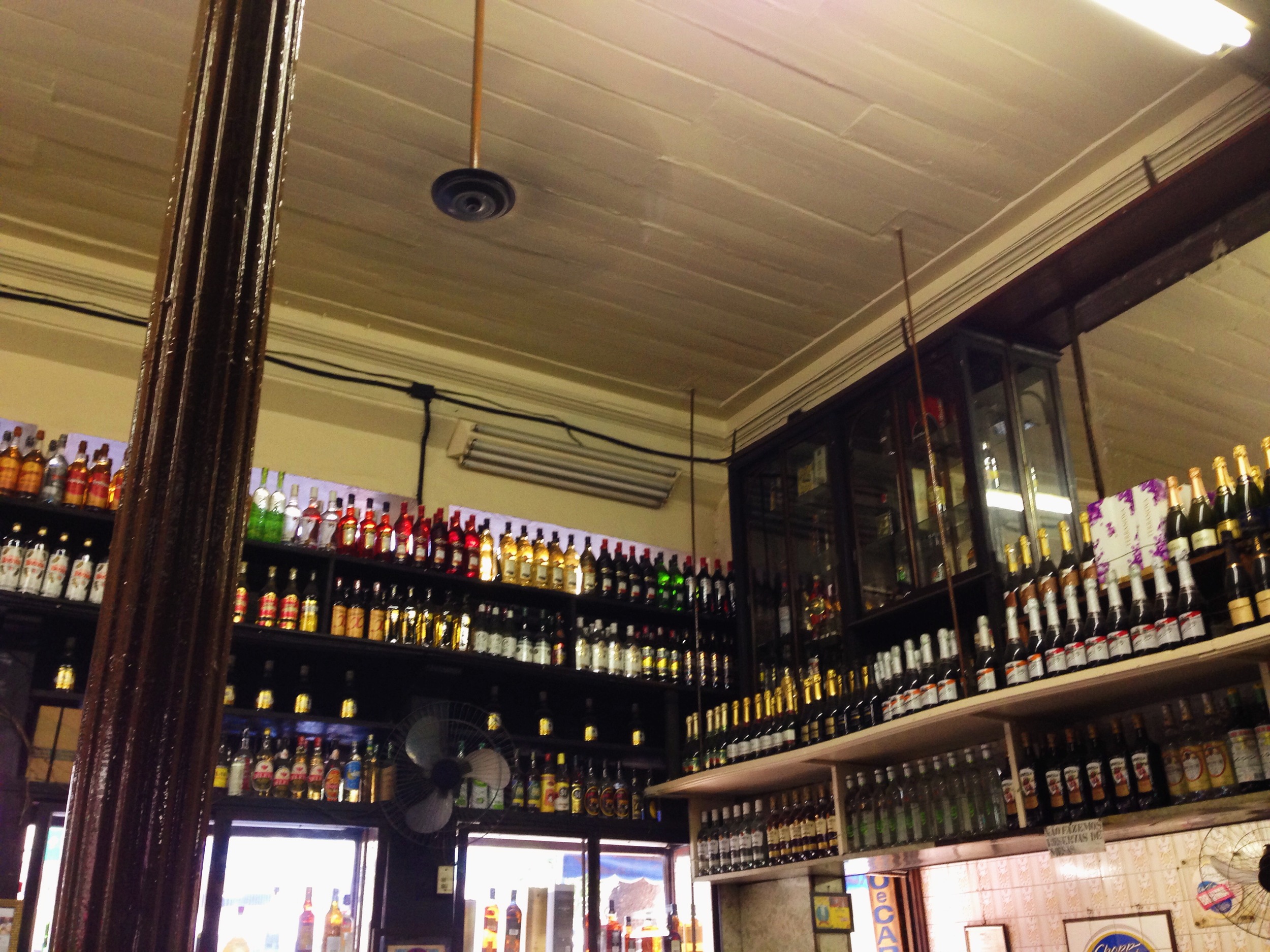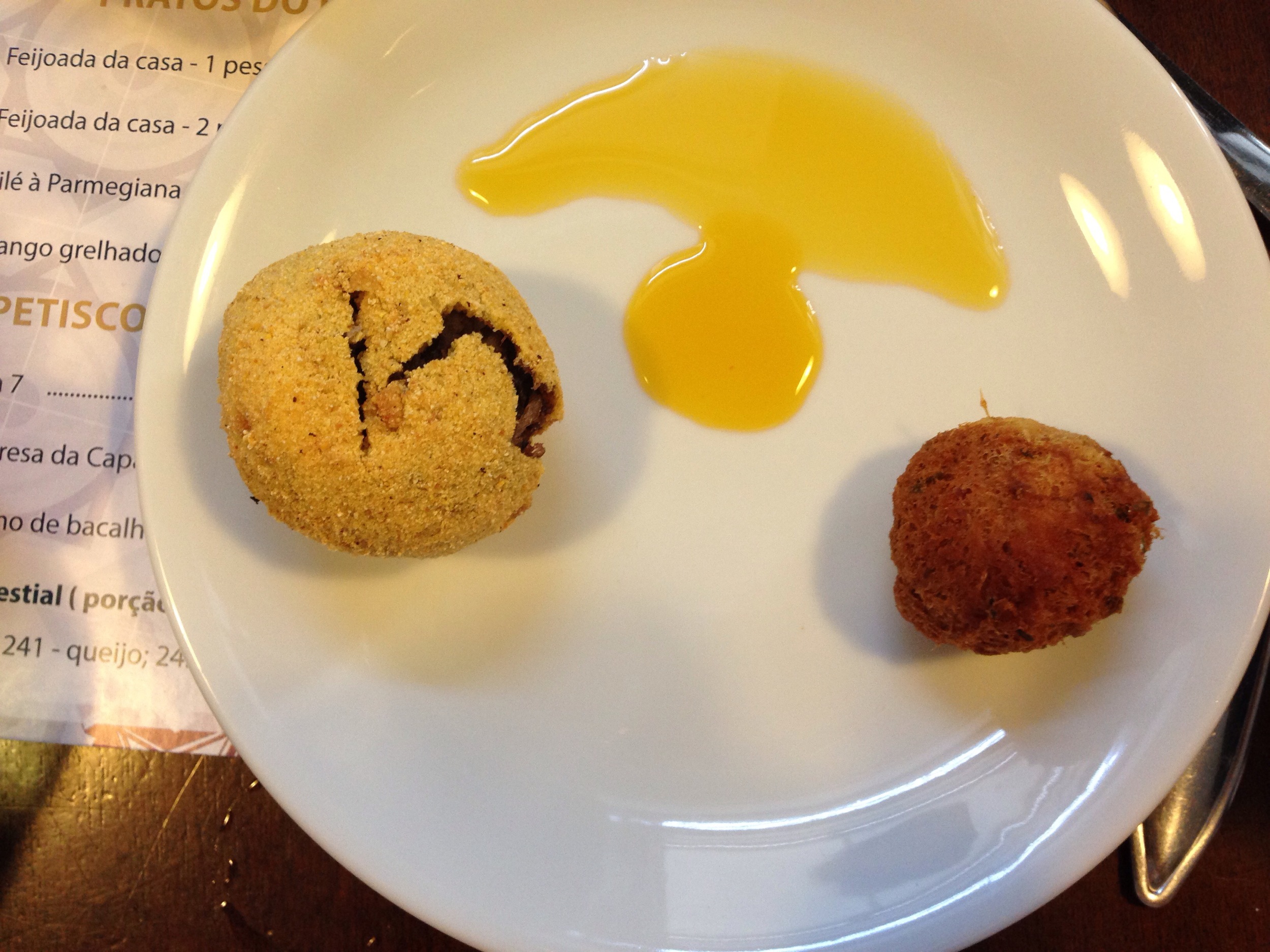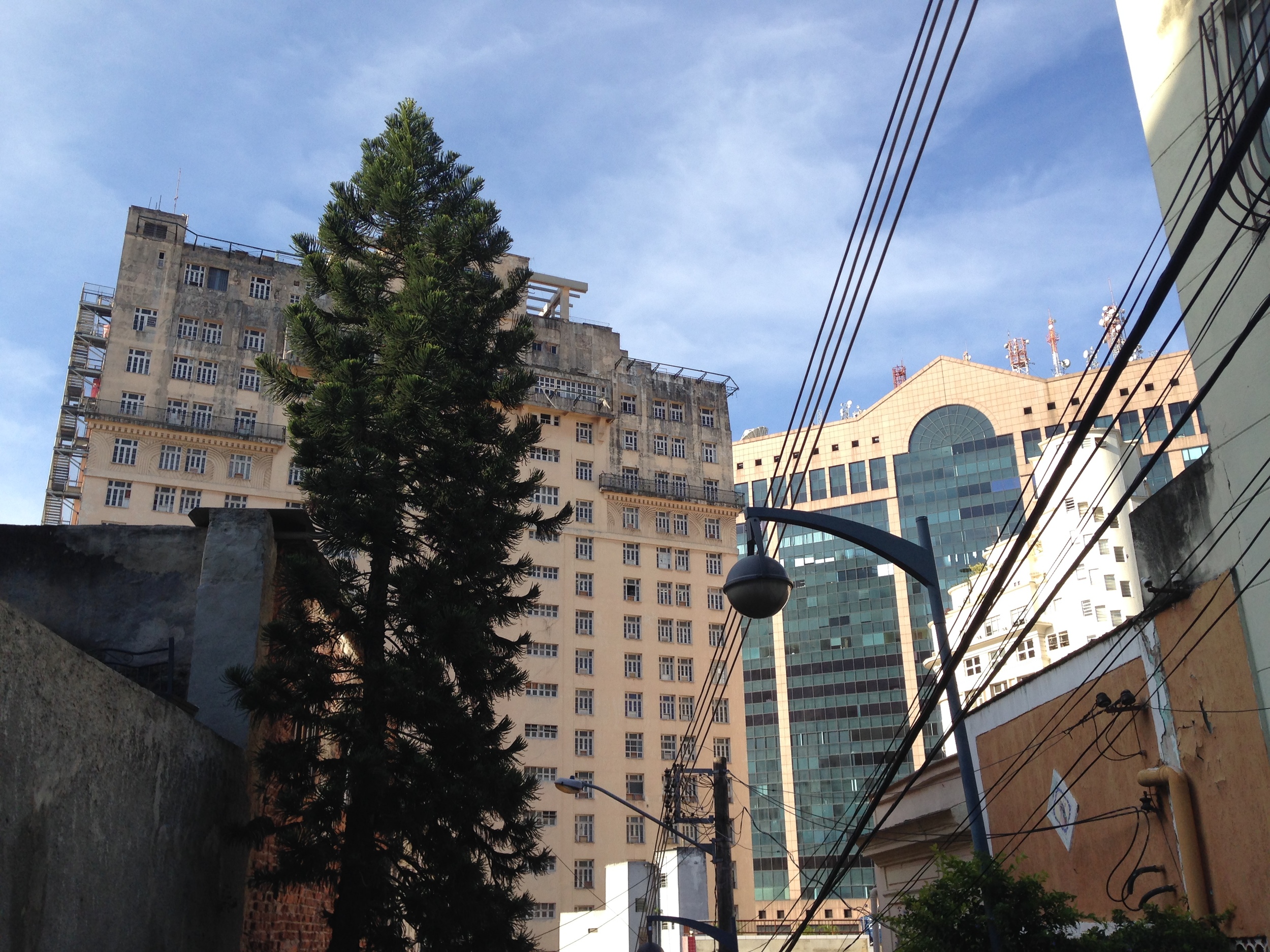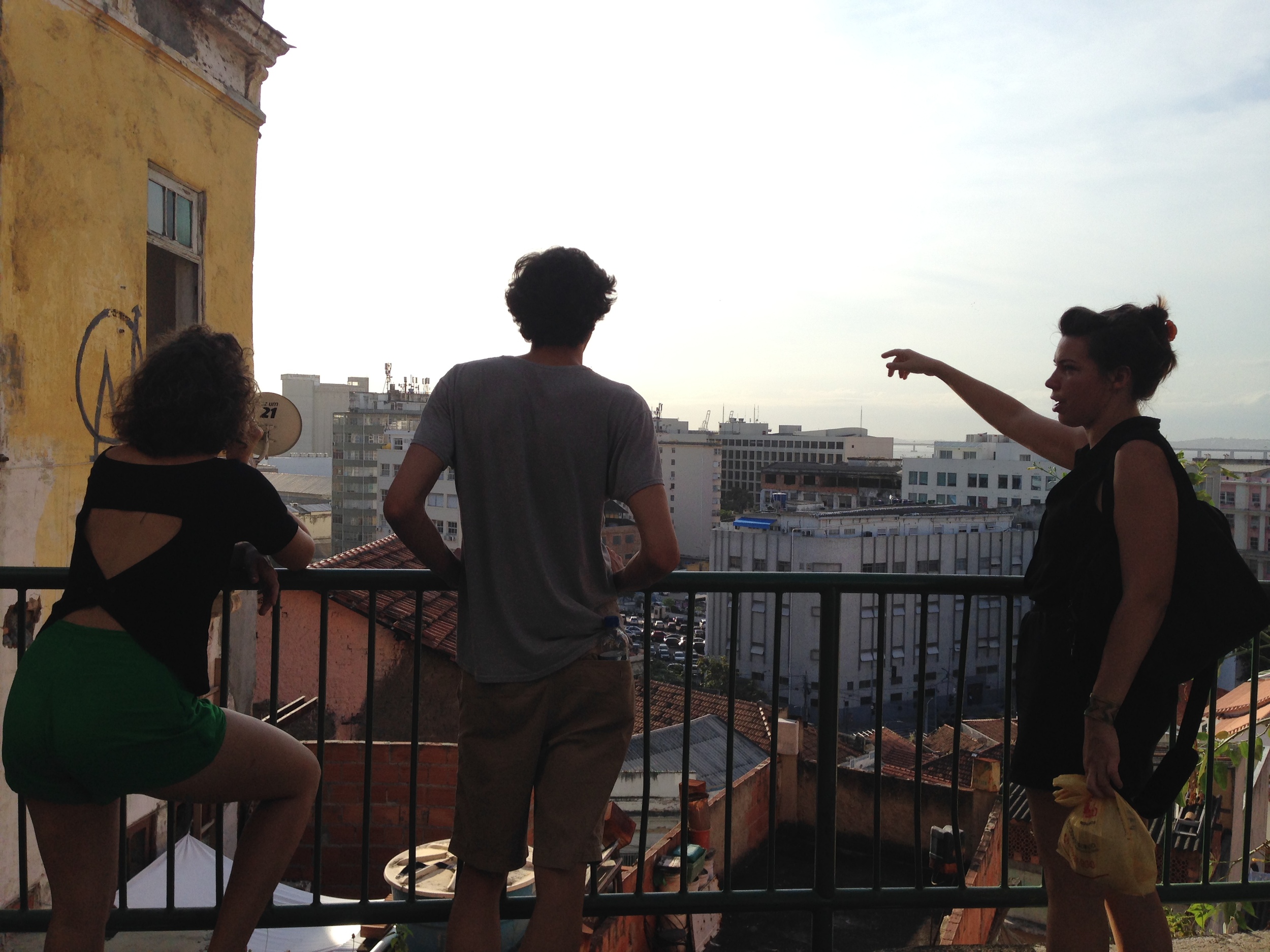Rio
My friend Catherine, a freelance journalist who has been living in Rio for three years, gives a walking tour of Rio’s city center and port zone that narrates disparate neighborhoods through food. She leads the walk through a company called Culinary Backstreets, and if you are going to Rio I HIGHLY suggest that you go on this walk. A few highlights - an aid, if you will, for digesting this complicated city:
Rio was the seat of the Portuguese empire for thirteen years. The King had barely any idea what lay inside Brazil's borders, beyond jungle and potential slaves, but he did bring a European fondness for pastries that could be made with the new cash crop: sugar cane.
Real Gabinete Português de Leitura (Royal Portuguese Library): When the King of Portugal fled to Rio and moved the head of empire to his new city, he brought a boat full of first editions of Portuguese literature and built this church-like library to hold them. The collection also has a full archive of Brazilian newspapers. From an exhibit poster, a reproduced cartoon, circa late 1800s, as railroads were built across the country: “progress, but for whom?"
In 2013, as private contractors finished stadiums and hotels for the 2014 world cup, millions of Brazilians protested across the country because public transportation fares were too high and buses too slow. Down the street from the library, in the faculty of social sciences, so many people came for an open-mike grievance meeting that they pulled a heavy wood table from the red-curtained auditorium and held the meeting in the square. Thousands of people came, Catherine said, and for six hours took turns speaking for two minutes each about what needed to change as Brazil went about growing. “Order and progress,” says the Brazilian flag.
Catherine’s roommate recently wrote a story about Brazil’s guarantee of asylum for Syrian refugees. We drank coffee at this shop that was founded by the first wave of Syrian immigrants, in the early 20th century. The owners started out selling nargileh; now they sell cigars from Brazil’s Bahia region.
This store, founded by another Syrian family, sells West African red palm oil, Middle Eastern olives, peanut butter, dried mango, pineapple, banana, and pastry supplies; in other words, a nice indicator of how diverse Brazil is. Outside the store, you can eat a middle eastern empanada, sprinkling on each bite a brand of African red pepper sauce that’s now produced in a suburb of Rio. There are five branches around the city.
Tapioca: This is the Brazilian hot dog, choripan, taco, your pick - the street food you grab on your way home from the office or after a late night out. It's made from manioc flour, which looks like little white pearls until it's been cooked in a pan of oil and turned into a crepe-like base for salty or sweet fillings.
Neighborhood bars are a key social space. "We’re in a boteco and we can talk about whatever we want," Catherine said. We ate bolinhos de bacalao (codfish balls) and bolinhos de feijoada (beef stew, breaded and fried). Feijoada, like cachaca, the sugar cane alcohol, was once slave food - and is now one of the pillars of Brazilian cuisine.
Also, there are 200 word for cachaca in Brazilian Portuguese.
From Morro da Conceição, a hillside neighborhood that's becoming an artists' haunt, you can see abandoned buildings in Brazil's downtown. On the right, Catherine shows how the port zone fits into this hill neighborhood and the city center.
Pedra do Sal, Little Africa: African slaves carved these stairs into this rock before slavery in Brazil was finally abolished in 1888. Their descendants carved out a neighborhood that's become a hub for Afro-Brazilian culture. Now, on Fridays, on this rock, there's a samba show here and so many people come you can't move as anything but part of the swaying crowd.
The view from the top of Morro da Providencia, Rio's first favela.
Here, at the top of Morro da Providencia, in a square that used to be a public park before the city government built a cable car as a gentrifying gesture, a community pillar makes gnocchi with shrimp in a spicy coconut sauce. She learned to make gnocchi from the Italian woman in whose house she is a maid; the sauce is a speciality of the northeast of Brazil and uses West African red palm oil. "It's an amazing fusion dish," said a Turkish chef who did this food tour with Catherine a few weeks ago.
Favelas are hillside neighborhoods of adaptation and resistance. People build houses with flat roofs so that they can add floors when the next generation comes along. This building here is covered with portraits of the Providencia residents who were evicted from their homes when the city government built the cable car.













